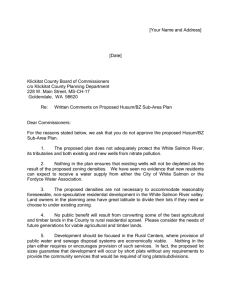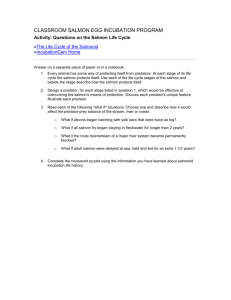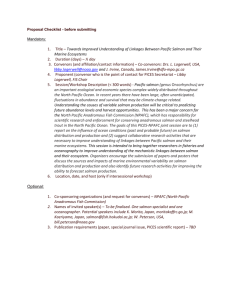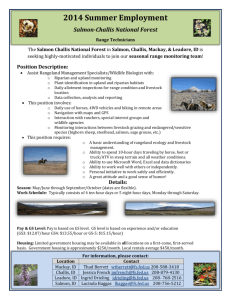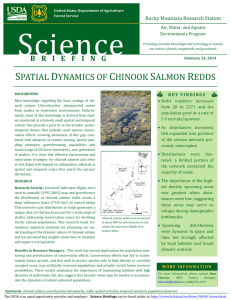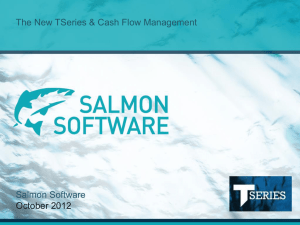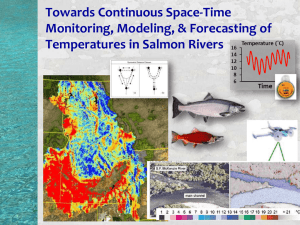Approaching App. Problems
advertisement
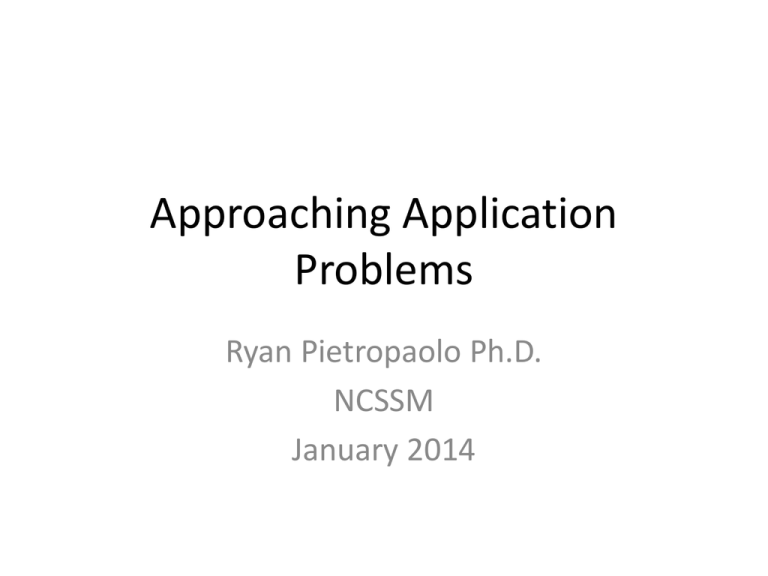
Approaching Application Problems Ryan Pietropaolo Ph.D. NCSSM January 2014 What/Why? • Application- the act of bringing something to bear; using it for a particular purpose. • Practice skills and interpret answers in context. Application = Interesting? • Train A leaves the station at 8:16 AM going 75 MPH. Train B leaves the station at 9:06 AM going 85 MPH. • When will train B catch up with train A? At the time train B catches up with train A, how many miles have they traveled? Princesses? Different Approach • Treat the problem as a “springboard” to a larger story. • Allow the students to take ownership of their learning by using creativity to generate their own follow-up questions. • Encourage students to cross disciplines. • Make math problems memorable and fun! Train cont. • Analyze the ridership of Amtrak over the past decade. • Investigate/compare the fuel efficiency of trains versus planes and cars. • Research the impact of trains on the Industrial Revolution. What did you learn today? Salmon Run • Each year in the North Atlantic and Pacific millions of Salmon make the long migratory journey upstream to spawn in riverbeds. Energy vs. Velocity • Salmon travel hundreds of miles and climb thousands of feet before reaching their natal spawning grounds. The fish expend massive amounts of energy in the process. • Make a rough sketch of the relationship between the amount of total energy expended by the Salmon over a fixed distance and its swimming velocity. Then determine a function that satisfies your sketch. • Assume the river is flowing at a constant rate. en route mortality The salmon that don’t make it provide a valuable resource for the eco-system! Energy Expended • There are many factors that impact a model for energy expenditure including: the variable rate of river flow, temperature, distance traveled (including vertical), physical/metabolic changes in preparation for spawning. • Additional student work… Energy Equation • Scientists have theorized that Energy can be represented by the following equation: 𝐷 𝑛 𝑛 𝐸 𝑣 =𝑐∙𝑣 𝑡 =𝑐∙𝑣 𝑣−𝑟 • How does your equation compare to this general model? How does the exponent affect the graph? Swimming Rates Researchers have observed that salmon swim at rates about 50% greater than the flow of the river. How will this impact your function? Adjust your function to satisfy this observation. After the Run? • Salmon do not feed in freshwater so nearly all of the fish lack the energy to return to sea. They spend their final days protecting their spawning grounds, redds, and ultimately provide valuable nutrients for the riverbed when they die. Research Questions… Follow-Up Assignment • Research a topic related to the Salmon Run to present to the class. • Write a mock newspaper article summarizing your findings from your research. • Recommendation Letters… Student Work pH and candy • Since tooth decay occurs when the pH level in the mouth is lowest, a candy company designs their candy so that the pH level reaches a minimum of 5.0 three minutes after a person eats candy. Assume that the pH level in the mouth is normally 6.5. Develop a model for pH level in the mouth after a person consumes candy. AP Calculus Exam • “Calculus AB and Calculus BC are primarily concerned with developing the students’ understanding of concepts of calculus, and providing experience with its methods and applications. The courses emphasize a multirepresentational approach to calculus, with concepts, results, and problems being expressed geometrically, numerically, analytically, and verbally.” http://www.csun.edu/~vcmth00m/AP.pdf Common Core Focus on modeling • Estimate how much water and food is needed for emergency relief in a devastated city of 3 million people, and develop a way to distribute it. Modeling cont. • How far should you drive out of your way to save on the price of gas? • How should you design a subway system to minimize the time it takes to commute? Discussion • How do you apply mathematics in your classroom? Examples… • How do you feel about crossing disciplines with the applications? • What is the ultimate goal for our students? Thank You! Enjoy the rest of the conference. pietropaolo@ncssm.edu





